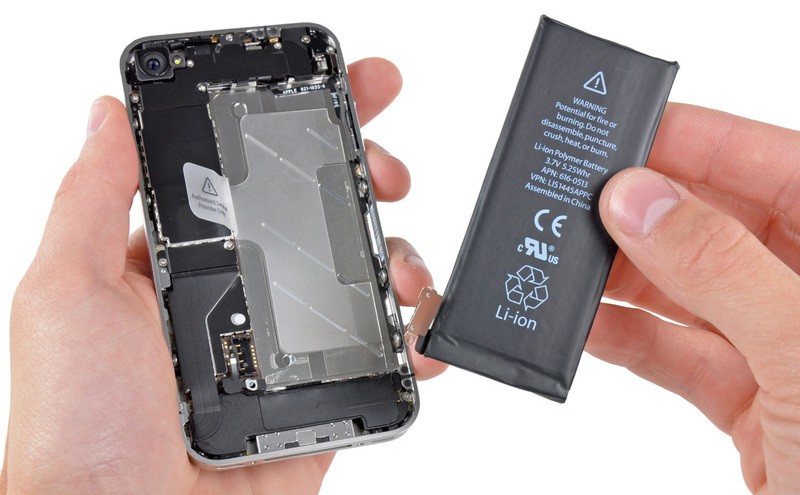Next-gen lithium-ion batteries could triple smartphone use between charges

Researchers at Stamford University have developed new lithium-ion batteries that could triple the battery life of future smartphones. The new batteries have higher energy storage density than existing lithium-ion packs, allowing them to pack as much as three times more power inside the same space.
Modern smartphones with quad-core processors and large, high-definition displays need a lot of power to get them through the day, and so it’s no wonder that better battery life is something we all want from future phones. But existing lithium-ion batteries are as good as they can be.
In order to bring improve battery life in existing devices, then, manufacturers simply have to install bigger batteries — but next-generation lithium-ion technology developed by researchers at Stanford University hopes to change that.
Put simply, the technique allows batteries to carry more energy by increasing the lithium density in their anodes using nanoscopic carbon shields that prevent the unstable chemicals inside the cells from reacting.
Not only could it provide more smartphone use in between charges, but longer laptop use, and electric cars with longer driving ranges. In fact, it could improve almost anything that’s powered by lithium-ion batteries.
The technology isn’t quite ready for public use yet, however — there’s still work to be done — but there’s a good chance it will be used to bring better battery life to future gadgets and other electronics.


